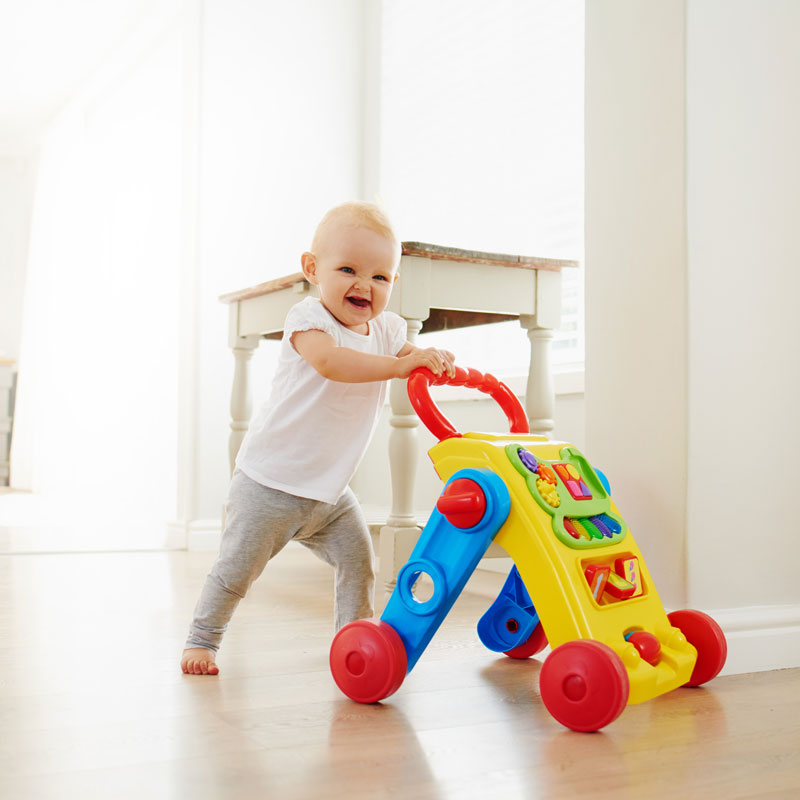Pediatric Foot Care Service in Sugar Land, TX
Pediatric Foot Care in Sugar Land
You worry about your children’s teeth, eyes, and other parts of his/her body. You teach washing, brushing, and grooming, but what do you do about your child’s feet–those still-developing feet, which have to carry the entire weight of the body through a lifetime?
Many adult foot ailments have their origins in childhood and are present at birth. Periodic professional attention and regular foot care can minimize these problems in later life. A youngster with troublesome feet walks awkwardly and usually has poor general posture. As a result, these problems.

Starting to Walk
It is unwise to force a child to walk. When physically and emotionally ready, the child will walk. Comparisons with other children are misleading since the age for independent walking ranges from 10 to 18 months. surfaces, babies’ feet should be protected in lightweight, flexible footwear.
No need to purchase expensive shoes. The shoes should only provide a covering for the foot, and normally do NOT need to support the arch or ankle. If the feet are normal, these structures will develop normally as the child walks. A flexible sole is better than a hard sole. High-top ankle supporting shoes are not advised.
Your Baby’s Feet
The human foot — one of the most complicated parts of the body –has 26 bones, and is laced with ligaments, muscles, blood vessels, and nerves. Because the feet of young children are soft and pliable, abnormal pressure can easily cause deformities.
A child’s feet grow rapidly during the first year, reaching almost half their adult foot size. This is why foot specialists consider the first year to be the most important in the development of the feet.
Here are some suggestions to help you assure that this development proceeds normally:
- Look carefully at your baby’s feet. If you notice something that does not look normal to you, seek professional care immediately. Deformities will not be outgrown by themselves.
- Cover baby’s feet loosely. Tight covers restrict movement and can retard normal development.
- Provide an opportunity for exercising the feet. Lying uncovered enables the baby to kick and perform other related motions that prepare the feet for weight-bearing.
Growing Up
As a child’s feet continue to develop, it may be necessary to change shoe and sock size every few months to allow room for the feet to grow. Although foot problems result mainly from injury, deformity, illness, or hereditary factors, improper footwear can aggravate preexisting conditions. Shoes or other footwear should never be handed down.
The feet of young children are often unstable because of muscle problems which make walking difficult or uncomfortable. A thorough examination by one of our doctors may detect an underlying defect or condition which may necessitate treatment.
Remember that lack of complaint by a youngster is not a reliable sign. The bones of growing feet are so flexible that they can be twisted and distorted without the child being aware of it.
Sports Activities
Millions of American children participate in team and individual sports. Of particular concern are sports that require a substantial amount of running and turning, or involve contact. Protective taping of the ankles is often necessary to prevent sprains or fractures. Parents should consider discussing these matters with one of our doctors if they have children participating in active sports.
For more information, book your appointment today!